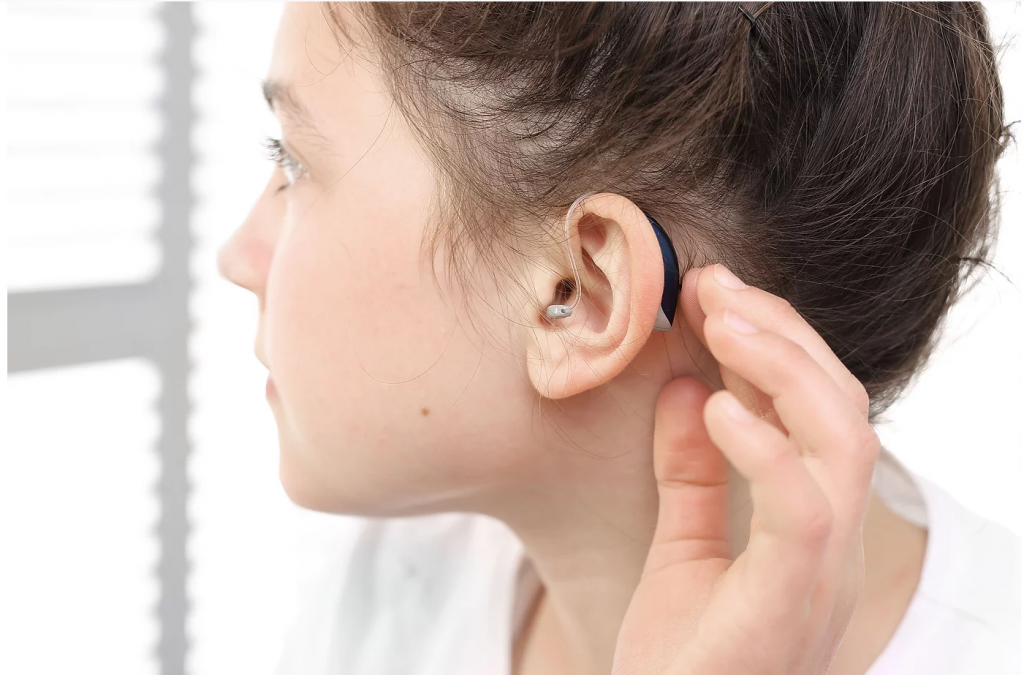By Matisse Hamel-Nelis | matisse.hamel-nelis@cnib.ca
Matisse Hamel-Nelis gives practical and needed advice on how to make social media posts more accessible on a variety of platforms.

Consider your latest social media post. Does it have an image? Maybe it has a video. This is great content for people who are sighted, but what about someone who is blind, partially sighted or deaf?
As communicators, we are always looking for the best way to have our message reach the most people; especially with social media outlets, we always find a creative way to share what we want. But do you ever think about how accessible the content you’re producing is to those with a disability? By not thinking about the accessibility of your content, you could be alienating a whole group of customers.
Why is accessible content important?
According to the 2017 Canadian Survey on Disability, one in five or 6.2 million Canadians have one or more disabilities which limit their daily activities. That’s just over 15 per cent of the population that may not fully experience your content.
How do I make my content accessible?
Think about adding alternative text to your images, closed or open captioning, and descriptive audio to your videos, and explaining images and videos in the body of your content.
- Alternative text: Describes what’s happening within an image.
- Closed captioning: Displays text on a video for people who are hard of hearing. This option can be turned on or off based on the user’s preference.
- Open captioning: Embedded text on a video for people who are hard of hearing. This can’t be turned off.
To help you make your content more accessible, here are some tips for the most commonly used platforms:
- Be as descriptive as possible within your posts.
- When using hashtags, make sure they are camel case like #SomethingLikeThis. This allows for screen readers to read the individual words to the user, rather than one long incoherent word.
- When sharing videos, make sure they have open captioning and described audio. You’ll also want to add a short explanation of what’s happening in the video within your post.
- When you’re posting an image, make sure you add photo descriptions and alternative text. This includes website previews of any links being shared with the post.
- If sharing an album with photos from an event, you need to add descriptions and alternative text to each photo within 48 hours of posting. Ideally, you should be posting the album with the descriptions and alternative text at the same time.
- Like Facebook, be as descriptive as possible within your tweets.
- Again, like with Facebook, make sure your hashtags are camel case.
- Always add alternative text to images being used in a tweet. And, if space allows, add the description of the photo within your tweet. This allows people with low vision who don’t use a screen reader to still understand what’s happening within the image.
- If you’re unsure how to do it, AMI’s AppTV has a video tutorial available or you can check out Twitter’s Help Centre.
- When posting a video, you must:
- Make sure the video being shared has open captioning and described audio; and
- Incorporate a short explanation of what’s happening in the video within your tweet.
- Make sure all your images have alternative text added, as well as a photo description within the post itself. This, again, will help people who are blind or partially sighted get the full experience of your post.
- Camel case all your hashtags.
- If you’re posting a video, make sure it has described audio and has open captioning.
- If you’re posting a video on Instagram Story or IGTV, make sure you’re describing what’s happening as you record. This will help people with impaired vision take in your content more effectively.
YouTube
- Be descriptive in your video caption; make sure you state exactly what the video is about.
- With the description, add links back to the product, service or company you’re trying to promote.
- Use the appropriate keywords to help make it easier for people to find your video.
- Make sure all the videos you upload have:
- Descriptive audio or audio that aligns with Accessible Media Inc.’s Integrated Descriptive Audio (IDV).
- Have open or closed captioning.
While some of these things may seem easy to do, they tend to be the first things to go by the wayside when we are on tight deadlines or in a rush to put up a post. When you’re creating your social media calendars, make sure you add a column for alternative text. It makes it easier when you’re scheduling to not forget about it.
Help share your message with everyone – embrace accessible content. It may take some time to get into the habit, but soon enough, creating accessible content will become second nature.
Matisse Hamel-Nelis is passionate about accessible content and sharing her knowledge as the Manager of Employee Engagement and Development at CNIB, a 100-year-old national not-for-profit organization driven to empower people impacted by blindness to live the lives they choose. By Michael Ogoso Michael Ogoso examines today’s fast-paced and politically charged environment, effective crisis communication strategies are vital for maintaining transparency and credibility; this article offers practical insights and real-world […] By Linda Bicho-Vachon Linda Bicho-Vachon examines what occurs after a whistleblower’s complaint about the safety of Boeing’s 787 Dreamliner, the company must regain both public and employee trust, emphasizing authentic, […] By Chantell Crawford Chantell Crawford reminds us that as technology evolves, the way people obtain information and communicate has transformed, with social media and cell phones providing instant access to […] By: Caterina Valentino The question isn’t if there’ll be another crisis. The question is how long until the next crisis. Communicators, now’s the time to nudge your organization’s culture to […] Letter from the Editor Hello, and thank you for taking the time to read our newest issue of Communicator, where we explore a topic that is critical for any organization […]
Return to the Fall 2019 Issue of Communicator
READ MORE
Politics of Crisis
Building Organizational Trust From Within
How does misinformation spread and what can we do about it to stop a crisis before it starts
Emergency Management Planning: Building trust before the crisis
Crisis Communications